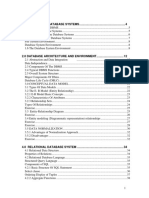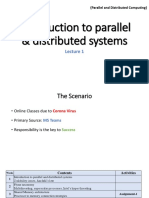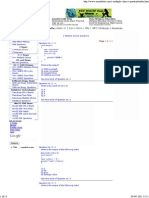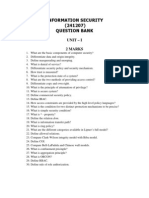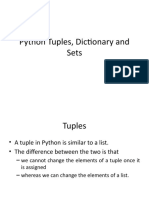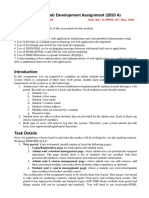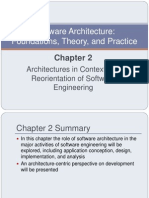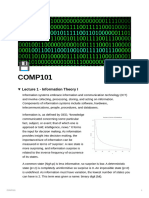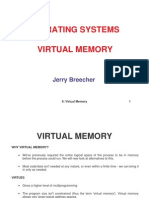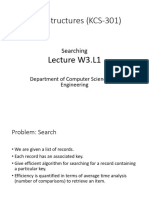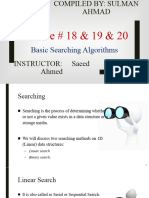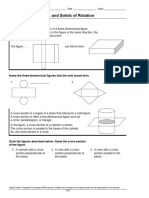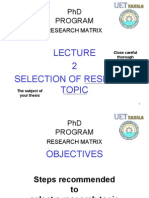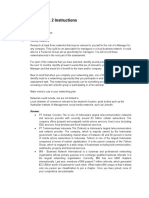0% found this document useful (0 votes)
607 views24 pagesLinear Search and Binary Search
The document discusses linear and binary search algorithms for efficiently searching through a list of records to find a record with a particular key.
Linear search involves sequentially checking each record until the desired key is found or all records are checked, resulting in O(n) time complexity in the worst and average cases.
Binary search works on a sorted list by repeatedly dividing the search space in half and only searching the appropriate half, resulting in O(log n) time complexity in both the worst and average cases due to the maximum depth of recursion being log n.
Uploaded by
ADityaCopyright
© © All Rights Reserved
We take content rights seriously. If you suspect this is your content, claim it here.
Available Formats
Download as PPTX, PDF, TXT or read online on Scribd
0% found this document useful (0 votes)
607 views24 pagesLinear Search and Binary Search
The document discusses linear and binary search algorithms for efficiently searching through a list of records to find a record with a particular key.
Linear search involves sequentially checking each record until the desired key is found or all records are checked, resulting in O(n) time complexity in the worst and average cases.
Binary search works on a sorted list by repeatedly dividing the search space in half and only searching the appropriate half, resulting in O(log n) time complexity in both the worst and average cases due to the maximum depth of recursion being log n.
Uploaded by
ADityaCopyright
© © All Rights Reserved
We take content rights seriously. If you suspect this is your content, claim it here.
Available Formats
Download as PPTX, PDF, TXT or read online on Scribd
/ 24





